
5 Books Every Supply Chain Professional Should Read
Add these books to your summer reading list to stay on top of industry trends and jump start your professional development.
“Education is the passport to the future, for tomorrow belongs to those who prepare for it today.” Malcolm X
Nikki Vazeos, regional sales manager at Veritiv, a leading North American distribution company, requires all of her sales reps to read one book a quarter that deals with professional development, sales techniques, or distribution trends and write a brief summary on how it applies to their day-to-day business. I always have found this kind of assignment to be beneficial on many different levels: professional growth, staying on top of industry trends, and of course, continuing education outside of the office.
If you’re a supply chain professional looking to build your summer reading list, this post is for you. Here are 5 highly recommended books that will jump start your professional reading.
5 books for supply chain professionals
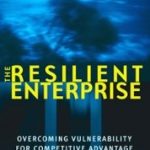 1) The Resilient Enterprise
1) The Resilient Enterprise
The Resilient Enterprise by Dr. Yossi Sheffi, Elisha Gray II Professor of Engineering Systems at MIT and Director of the MIT Center for Transportation and Logistics, has become one of the most influential supply chain resiliency books since its publication. Though published back in 2005, the book is still extremely relevant using numerous case studies and cautionary tales of some of the world’s largest companies. Dr. Sheffi explores high-impact/low-probability supply chain disruptions and the tools companies can use to reduce the vulnerability of their supply chains while fostering an overarching culture of resiliency.
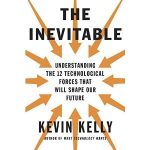 2) The Inevitable
2) The Inevitable
The Inevitable by Kevin Kelly guides its readers through the 12 technological imperatives that will shape the next 30 years and transform our lives. Kelly provides an optimistic road map for the future, showing how the coming changes in our lives — from virtual reality in the home to an on-demand economy to artificial intelligence embedded in everything we manufacture — can be understood as the result of a few long-term accelerating forces. Kelly both describes these trends — flowing, screening, accessing, sharing, filtering, remixing, tracking, and questioning — and demonstrates how they overlap and are codependent on one another. These larger forces will completely revolutionize the way we buy, work, learn, and communicate with each other. By understanding and embracing them, says Kelly, it will be easier for us to remain on top of the coming wave of changes and to arrange our day-to-day relationships with technology in ways that bring forth maximum benefits.
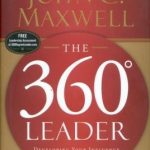 3) The 360° Leader
3) The 360° Leader
The 360° Leader by John C. Maxwell offers an in-depth look at the application of leadership principles, even when you’re not the boss. Maxwell asserts that you don’t have to be the “main” person to impact your organization. The book suggests tangible ways to influence peers and superiors and become a more valuable member of your team.
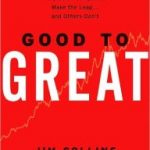 4) Good to Great
4) Good to Great
Built to Last, a book published by Jim Collins in 1994, looks at 18 companies that have triumphed over time, and how long-term sustained performance can be built into a company’s DNA over time. In Collins’ follow-up book, Good to Great, he concludes that it is possible, but it takes a lot of hard work and dedication.
Collins and his team of researchers began their quest by sorting through a list of 1,435 companies, looking for those that made substantial improvements in their performance over time. They finally settled on 11 — including Fannie Mae, Gillette, Walgreens, and Wells Fargo — and discovered common traits that challenged many of the conventional notions of corporate success. At the heart of those rare and truly great companies was a corporate culture that rigorously found and promoted disciplined people to think and act in a disciplined manner.
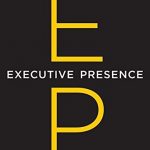 5) Executive Presence
5) Executive Presence
Executive Presence by Sylvia Ann Hewlett, a noted expert on workplace power and influence, shows you how to identify and embody the Executive Presence (EP) that you need to succeed. EP is a combination of qualities that true leaders exude, a presence that shows you’re in charge or deserve to be.
Articulating those qualities isn’t easy, however. Based on a nationwide survey of college graduates working across a range of sectors and occupations, Sylvia Hewlett and the Center for Talent Innovation discovered that EP is a dynamic, cohesive mix of appearance, communication, and gravitas. While these elements are not equal, to have true EP, you must know how to use all of them to your advantage.
Related posts:
